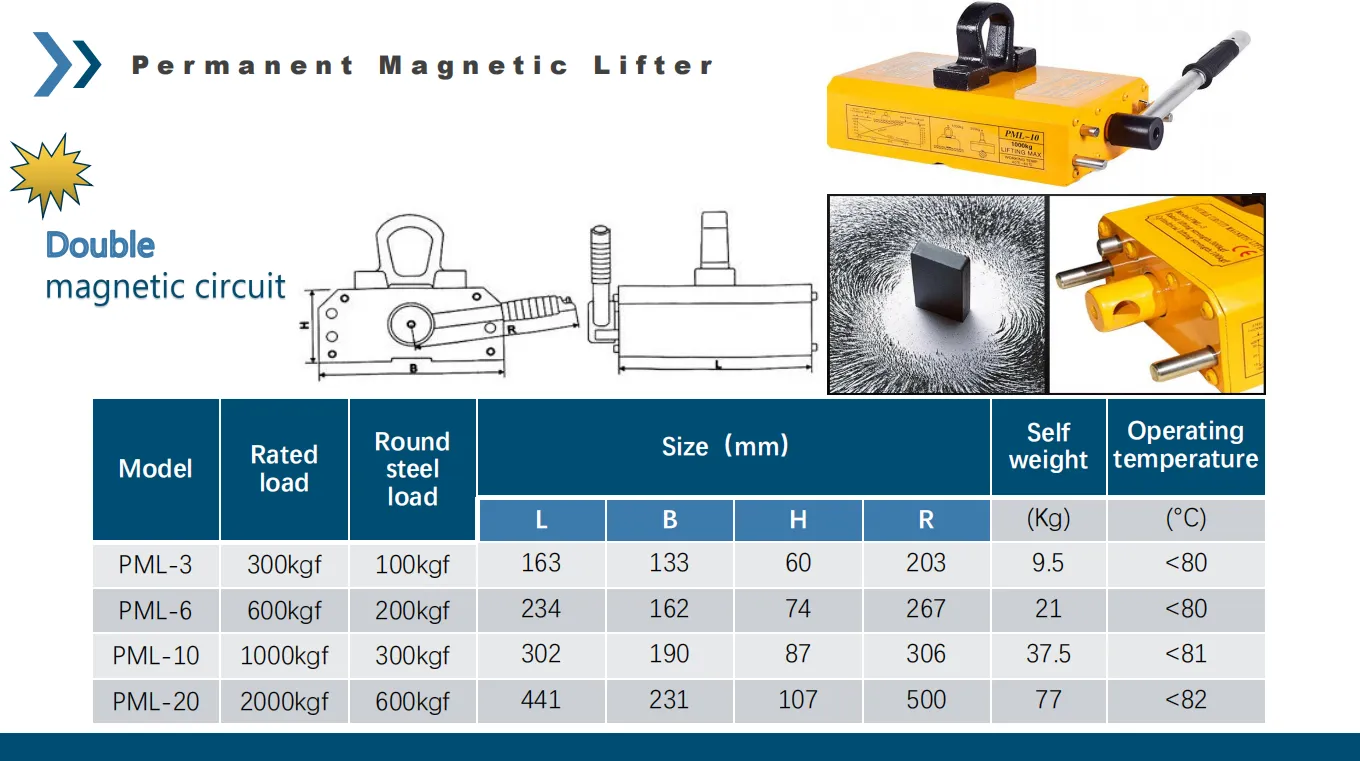Analyzing the Expenses Involved in Relocating Large Industrial Equipment
Understanding the Cost of Moving Heavy Machinery
Moving heavy machinery is a crucial aspect of many industries, from construction to manufacturing. However, the process can be complex, time-consuming, and costly. When planning to relocate heavy equipment, it is essential to understand the various factors that contribute to the overall cost. This article will explore the primary considerations affecting the cost of moving heavy machinery, the methods involved, and ways to mitigate expenses.
Factors Influencing Costs
1. Type of Machinery The kind of equipment being moved significantly impacts costs. For example, a bulldozer might require different handling and transportation compared to a large crane or industrial press. Factors such as weight, size, and fragility dictate the type of equipment needed for safe transport.
2. Distance and Accessibility The distance between the current location and the new site is a major cost determinant. Longer distances typically involve higher transportation fees, including fuel costs, labor for drivers, and additional wear on vehicles. Moreover, the accessibility of both locations can complicate matters—narrow roads, lack of loading docks, and urban environments can increase transport costs due to the need for specialized vehicles or additional manpower.
3. Preparation and Disassembly Heavy machinery often requires disassembly for safe transport. This preparation stage not only involves skilled labor but also can extend the timeline of the move, increasing labor costs. Furthermore, the need for cranes or other heavy lifting equipment to disassemble and load the machinery can add to the expense.
4. Permits and Regulations Many regions require special permits, especially for oversized loads. The costs associated with obtaining these permits can be significant and vary by location. Additionally, compliance with local regulations—such as road restrictions or traffic control measures—can add logistical costs and delay timelines.
5. Insurance Insuring heavy machinery during transport is another important cost consideration. Given the value of these assets, ensuring adequate coverage against potential damage during transit is crucial. The type of insurance can vary based on the equipment's value and the risks associated with the move.
6. Transportation Method The choice of transportation method also influences costs. Common options include flatbed trucks, specialized trailers, or even shipping containers for overseas moves. Each method comes with varying costs for the equipment, handling, and time taken. For instance, using a flatbed truck may be more cost-effective for short distances, while specialized heavy haulers might be necessary for longer or more challenging routes.
cost of moving heavy machinery

Mitigating Costs
While moving heavy machinery can be expensive, there are strategies to manage and potentially reduce costs
- Planning and Timing Careful planning can streamline the moving process. Scheduling moves during off-peak seasons can also help secure better rates for transportation and labor.
- Hiring Professionals Engaging experienced professionals who specialize in heavy machinery transport can save costs in the long run. Their expertise can prevent damage, ensuring that the move is executed efficiently and safely.
- Consolidating Moves If possible, coordinating multiple moves or transporting several pieces of equipment at once can reduce costs as it may allow for shared transportation and labor.
- Negotiating Rates Always seek multiple quotes and be willing to negotiate with transporting companies. Sometimes, being flexible on timing can yield better rates.
Conclusion
Understanding the various factors affecting the cost of moving heavy machinery is key to effective project management and budgeting. While the process can be daunting, careful planning, professional assistance, and strategic decision-making can help mitigate costs. Ultimately, investing in proper logistics management ensures not only the safety of transporting significant assets but also the financial health of the project. Whether you are a construction manager, factory operator, or logistics coordinator, being informed about these nuances will enable smoother operations and successful machinery relocation.
-
Permanent Magnetic LiftersNewsNov.01,2024
-
Operations with an Adjustable CraneNewsNov.01,2024
-
Machine Moving SkatesNewsNov.01,2024
-
Industrial Lifting MagnetsNewsNov.01,2024
-
Effective Machinery MovingNewsNov.01,2024
-
Adjustable Gantry CraneNewsNov.01,2024
-
Unlock the Power of Lifting with Permanent Magnetic LiftersNewsOct.11,2024
